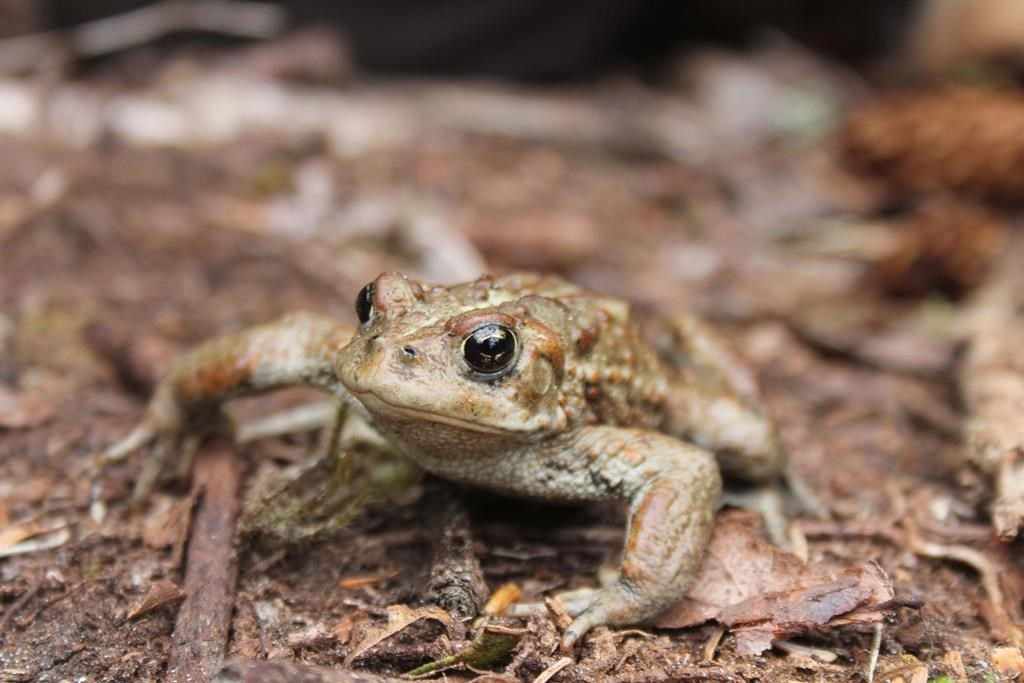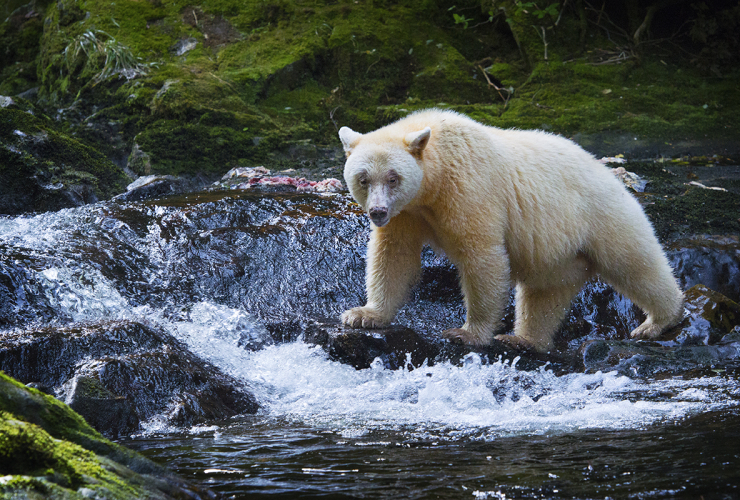An innovative app created by a University of Victoria professor is giving people around the world the ability to experience the vast, diverse beauty of British Columbia’s coast.
Ecologist Brian Starzomski and his team have catalogued more than 700 species in the Great Bear Rainforest and logged them in a new digital field guide called "Central Coast Biodiversity."
Their work can be accessed through a smartphone or tablet app, or on a computer, to help people identify unfamiliar plants and animals.
The idea came from a class Starzomski taught at the remote Hakai Institute on Calvert Island, off the West Coast, where he requires students to get out into the wilderness and identify a number of different species.
The conservation biologist and his former student, Kelly Fretwell, drew on a large network of academics, students and people living in and around the Great Bear Rainforest to collect photos and information on various species.
He says students used to be sent into the wilderness equipped with a shotgun and instructed to bring back specimens for research, but smartphones equipped with cameras have changed that process.
"We definitely don’t want to set up every student with a shotgun, so we thought ’let’s try and do a kind of digital species collection’ and ’let’s try and do this so people can put this on their phones and identify the species themselves,’" Starzomski said.
The free app currently includes an inventory of 210 plants, 80 birds, 120 seaweeds, 190 marine invertebrates, and 20 mammals and reptiles.
Each listing has a photo and some information on what the species looks like, where it can be found and what other species may appear to be similar.
The entries also note something that is odd or unique, such as the fact that a great way to identify leather star sea stars is to give them a sniff — the starfish has a distinct garlic odour, Starzomski said.
The digital database also allows anyone with an Internet connection to explore the different species found in the remote area.
"Most British Columbians, most Canadians, most people will never visit this place, but it’s filled with wildlife, it’s filled with beautiful things," Starzomski said. "We’d like to show that off to show people just how special this area is."
A small number of traditional paper field guides have gone digital, but they are often narrow in scope, making Starzomski’s guide unique.
"As far as I know, there’s no other digital field guide or app that covers the same breadth of species, certainly not for one jurisdiction like coastal British Columbia," he said.
The digital database is envisioned to be an ever−evolving project, with people contributing their own findings, Starzomski said.
"We’ve gotten to the point now where most of the things I know inside out and the people in my lab know inside out, we’ve taken care of," he explained. "So we’re really relying on other people’s expertise and goodwill to share their photos and so on with us."



Comments